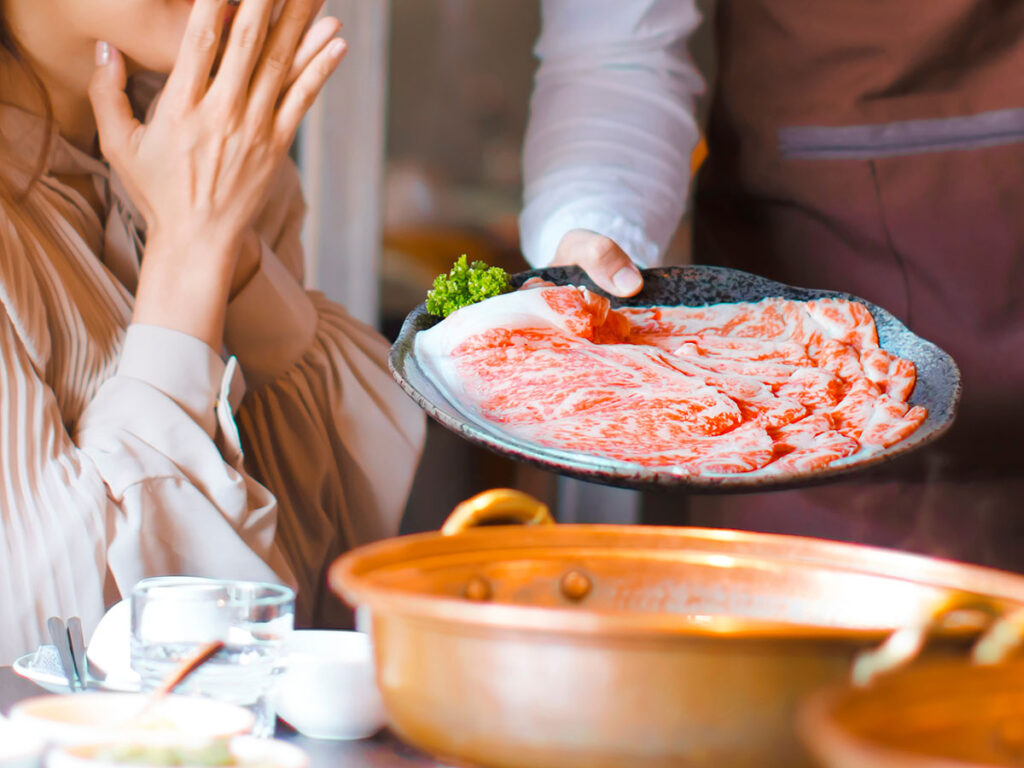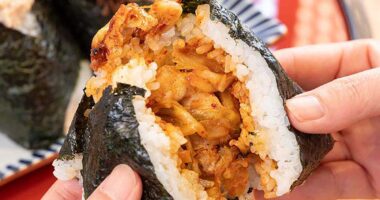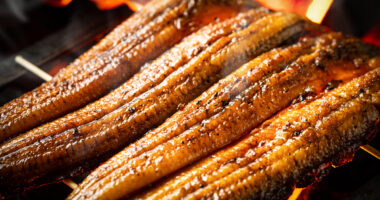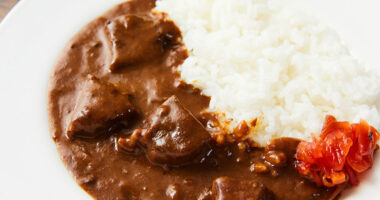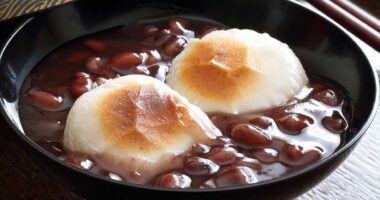Shabu-shabu is a representative Japanese nabe (hot pot) dish where thinly sliced meat is quickly swished through hot dashi broth before eating.
The name shabu-shabu expresses the sound made when the meat is swished through the broth, and it is loved by many for its unique eating style and elegant flavor. Although this dish, born after World War II, is said to have roots in the Chinese dish shuàn yáng ròu, it developed uniquely in Japan.
It is enjoyed not only with beef but also with pork, chicken, seafood, and other ingredients. Combining it with special sauces such as ponzu and sesame sauce maximizes the umami of the ingredients.
Japanese hot pot dishes are diverse beyond shabu-shabu. For those interested in learning more about the types and selection of Japanese nabe dishes, please refer to this article.
What is shabu-shabu? Japan’s proud delicate hot pot dish
Shabu-shabu is a Japanese hot pot dish where thinly sliced meat is briefly swished in boiling broth before eating. The name is said to come from the sound of moving the meat in the broth, “shabu-shabu.”
The basic style of shabu-shabu
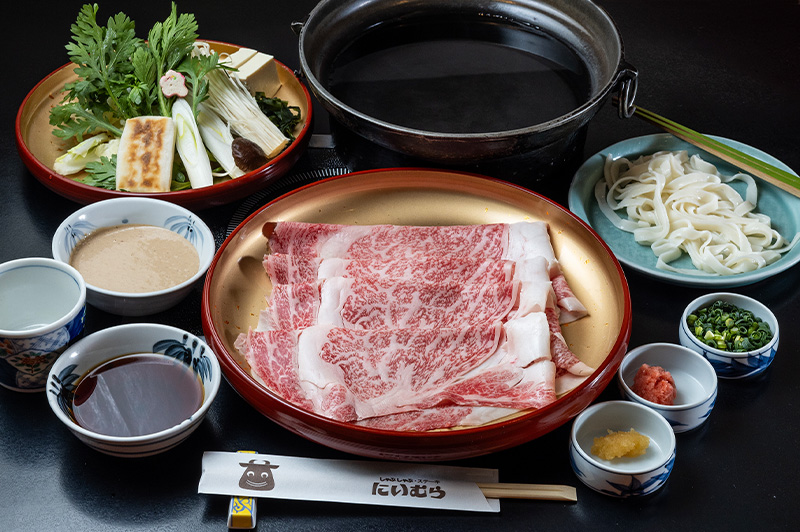
Wagyu Shabu-shabu Set (for one person) at NIIMURA
The greatest feature of shabu-shabu is that the thinly sliced meat is cooked by briefly dipping it into hot broth for only a few seconds. This cooking method preserves the meat’s original umami and tenderness while reducing excess fat. Beef is the primary meat used, but nowadays, pork, chicken, and even seafood are enjoyed.
The broth typically uses kombu (kelp), providing a light flavor that enhances the meat’s taste. When eating, dipping the meat in special sauces like ponzu or sesame sauce adds even richer flavor.
Types and characteristics of sauces
A variety of sauces are essential to shabu-shabu. The most typical is ponzu, a citrus-based sauce that neutralizes the meat’s fattiness with acidity, creating a refreshing taste. Adding condiments like grated daikon radish, green onions, or shichimi tōgarashi (seven-spice chili pepper) enhances the flavor.
Another classic is sesame sauce, known for its rich and creamy taste that wraps the meat’s umami fully. Adding chili oil or garlic to the sesame sauce can provide a spicy and aromatic accent.
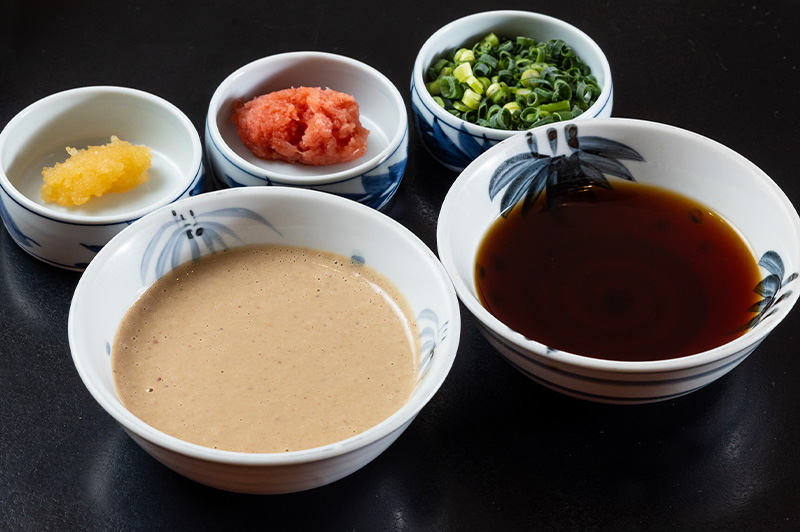
Wagyu Shabu-shabu Set (for one person) with sesame sauce (left) and ponzu sauce (right) at NIIMURA
The history and cultural background of shabu-shabu
The history of Japanese shabu-shabu is said to have begun shortly after World War II in Kyoto. Initially served as ‘beef hot pot,’ it formed the prototype of today’s shabu-shabu.
Influence from Chinese cuisine
Tracing back the roots of shabu-shabu is said to lead to the traditional Beijing dish shuàn yáng ròu. The term shuan means ‘to quickly boil,’ and it was a winter staple where thinly sliced lamb was dipped in hot water and eaten with special sauce.
After the war, since lamb was hard to obtain in Japan, beef was used instead, marking the beginning of Japan’s unique shabu-shabu culture. The broth and sauces were adapted to Japanese tastes, leading to the development of kombu broth and sesame sauce.
Commercialization and nationwide spread
In 1952, the Osaka restaurant “Suehiro” officially commercialized shabu-shabu. This milestone led to its spread from Kansai to Kanto and eventually throughout Japan.
Today, shabu-shabu is enjoyed in settings ranging from specialty shops to high-end restaurants and home cooking, recognized worldwide as a representative Japanese hot pot dish. It is also gaining attention as a high-protein, low-calorie dish in line with health-conscious trends.
Proper way to eat shabu-shabu and etiquette
Knowing the correct way to eat shabu-shabu is essential for enjoying it deliciously. Following proper procedures and manners lets you fully savor the natural flavors of the ingredients.
Basic eating procedure
First, once the broth boils, take one slice of meat with chopsticks and lightly swish it in the broth. For beef, about 3-4 seconds is ideal to leave a slight pink color. For pork and chicken, cook thoroughly for safety.
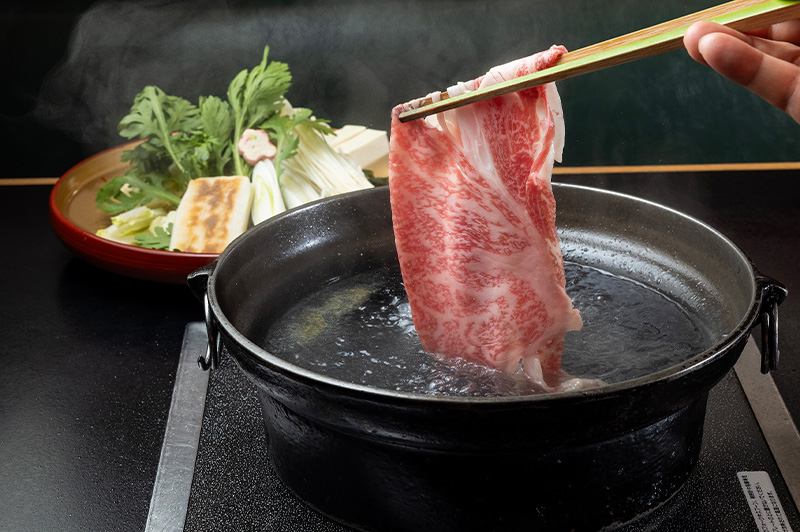 Wagyu Shabu-shabu Set (for one person) at NIIMURA
Wagyu Shabu-shabu Set (for one person) at NIIMURA
Once cooked, dip the meat generously in your preferred sauce. With ponzu, eat with grated daikon and condiments, while sesame sauce tastes great on its own. After eating meat, add vegetables and mushrooms in appropriate amounts to enrich the broth’s flavor.
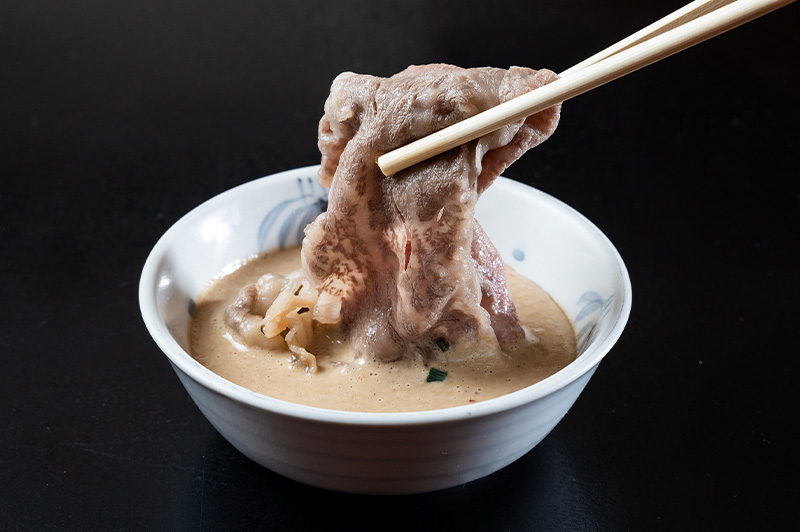
Wagyu Shabu-shabu Set (for one person) at NIIMURA
Vegetable cooking and timing
Generally, vegetables are added after the meat, but those that take longer to cook, such as carrots and shiitake mushrooms, should be added earlier. Leafy vegetables like napa cabbage and garland chrysanthemum are added later.
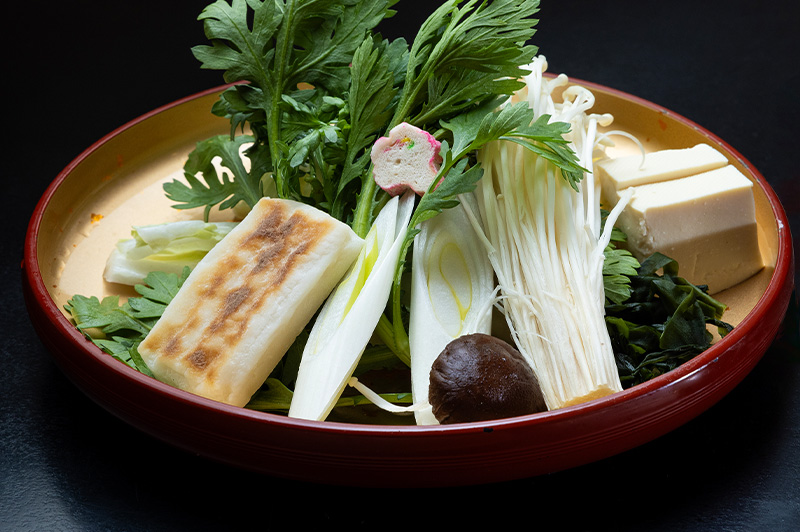
Wagyu Shabu-shabu Set (for one person) at NIIMURA
Skim off any floating residue regularly to keep the broth clean. Keeping the broth clear ensures it remains delicious until the end. As time passes, umami from the vegetables enhances the broth’s flavor, which is one of the highlights of shabu-shabu.
Enjoying the final course
After eating the meat and vegetables, it is common to cook udon noodles or rice in the broth, which now contains concentrated umami.
This final step allows you to enjoy every bit of shabu-shabu. When cooking udon noodles, be careful not to overcook, and when using rice, adding egg to make zōsui (rice porridge) is a popular choice.
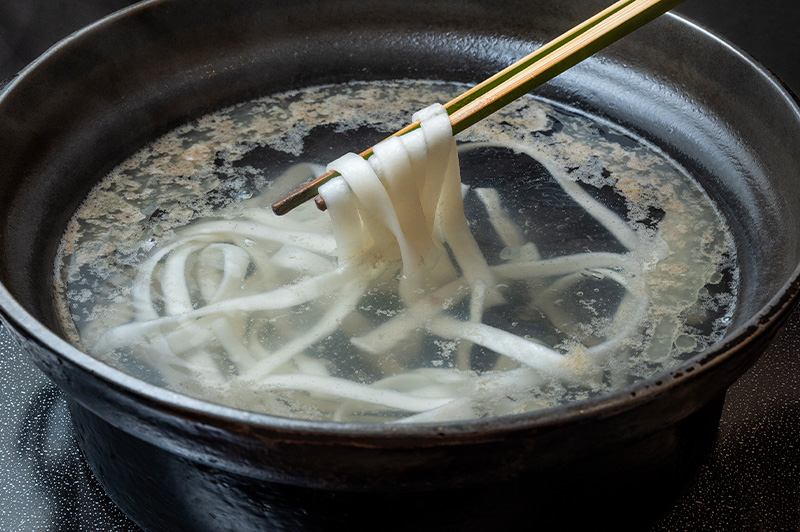
Udon used as a finish in the Wagyu Shabu-shabu Set (for one person) at NIIMURA
For those wanting to know more about traditional Japanese shabu-shabu, check out the article below.
The diverse world of shabu-shabu variations
Modern shabu-shabu has greatly evolved from traditional beef shabu-shabu, with various ingredients and cooking methods enjoyed. The wide variety allows choosing according to season and preference.
Visually and palatably enjoyable shabu-shabu
Everyone knows shabu-shabu tastes great, but many may be surprised to hear some versions are also visually cute!
Near Shibuya Station, there is a restaurant where you can enjoy adorable shabu-shabu that breaks the typical image with a cute addition. The hot pot at “Hokkaidō Menkoinabe Kumachan Onsen” (hereafter referred to as “Kumachan Onsen”) features a visual of a ‘bear’ made from concentrated broth that appears as if it is soaking in an onsen (traditional Japanese hot spring), gaining attention on social media.
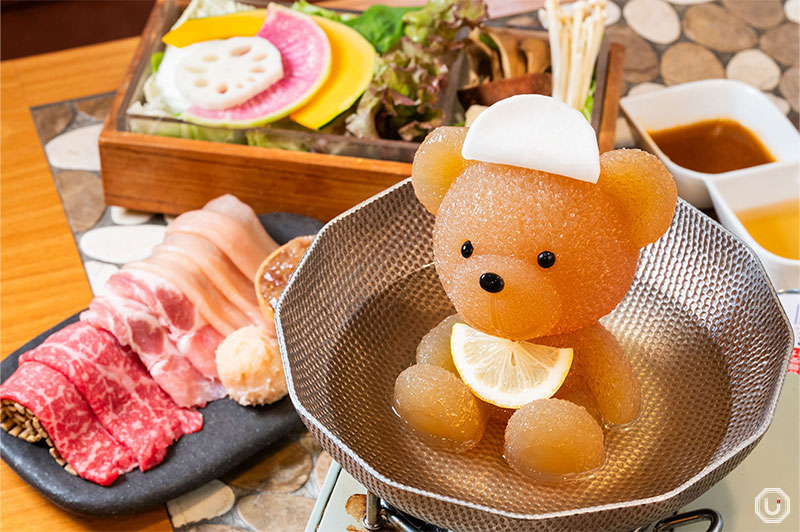
The cute “bear” shabu-shabu at Kumachan Onsen
If you’re interested in this cute hot pot, check out the article below!
Shabu-shabu using ingredients other than beef
In hot summers, reishabu (cold shabu-shabu) is popular. This style, where blanched meat is chilled in cold water and enjoyed like a salad, was created as a refreshing way to enjoy meat even in hot seasons. Paired with chilled sauces and fresh vegetables, it helps prevent summer fatigue.
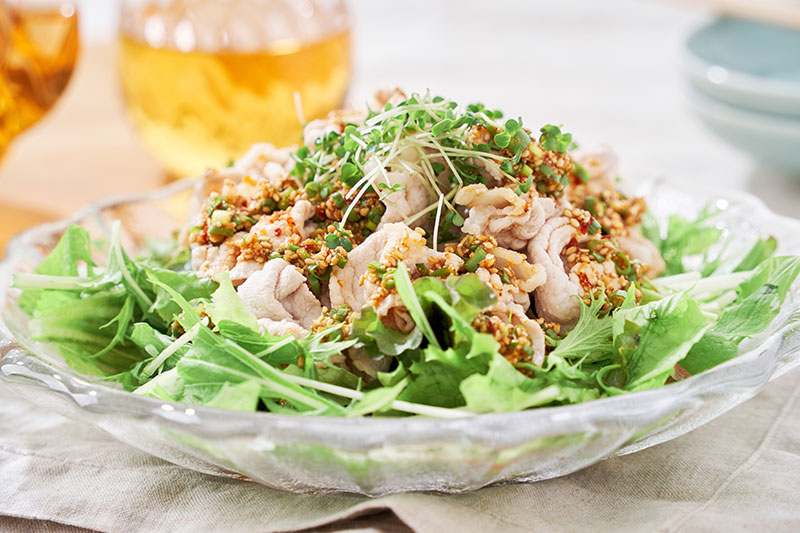
Reishabu (photo for illustrative purposes only)
Meanwhile, grilled shabu involves lightly grilling thin meat slices before dipping in sauce, offering a lighter alternative to yakiniku while fully bringing out meat’s umami. Suki-shabu is a style where meat is dipped in a sweet and savory sauce like sukiyaki, combining the best of both shabu-shabu and sukiyaki.
Shabu-shabu with various ingredients
Recently, shabu-shabu using ingredients other than beef has become very popular. Crab shabu is a winter delicacy cherished for the delicate sweetness and umami of crab meat. Yellowtail shabu uses fatty winter yellowtail, offering a refined seafood flavor.
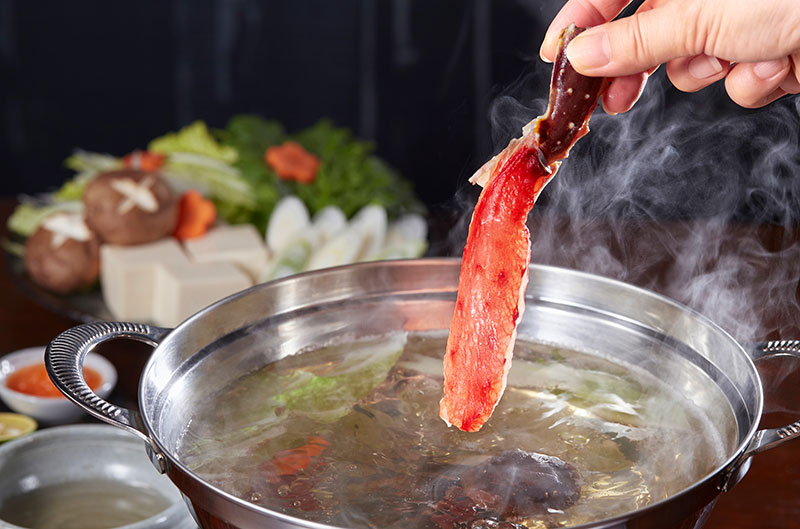
Crab shabu-shabu (photo for illustrative purposes only)
Chicken shabu is characterized by a healthy and light taste, popular among health-conscious people and those wanting to reduce fat intake. Lamb shabu offers a style closer to the Chinese origin dish ‘shuàn yáng ròu,’ allowing one to enjoy the distinctive flavor of lamb.
Regional specialty shabu-shabu
Across Japan, shabu-shabu with locally unique ingredients is enjoyed. Hokkaido offers seafood shabu using fresh marine products, while Kyushu is known for luxurious shabu-shabu using Kuroge wagyu beef. Travelers can experience region-specific tastes wherever they go.
| Type of shabu-shabu | Main Ingredients | Features |
|---|---|---|
| Beef shabu-shabu | Thinly sliced beef | Most common, elegant flavor |
| Pork shabu-shabu | Thinly sliced pork | Light taste, cost-effective |
| Crab shabu-shabu | Crab meat | Winter luxury dish, delicate sweetness |
| Yellowtail shabu-shabu | Yellowtail slices | Fatty fish umami, winter seasonal |
| Chicken shabu-shabu | Thinly sliced chicken | Healthy, light taste |
New era of solo shabu-shabu enjoyment
Shabu-shabu is generally seen as a dish for large groups.
This impression was common not only among foreigners but also among Japanese people. However, recently, restaurants that positively challenge this image have been increasing rapidly.
“Solo shabu-shabu” is one example. Those who want to monopolize their favorite shabu-shabu may find such restaurants worth visiting.
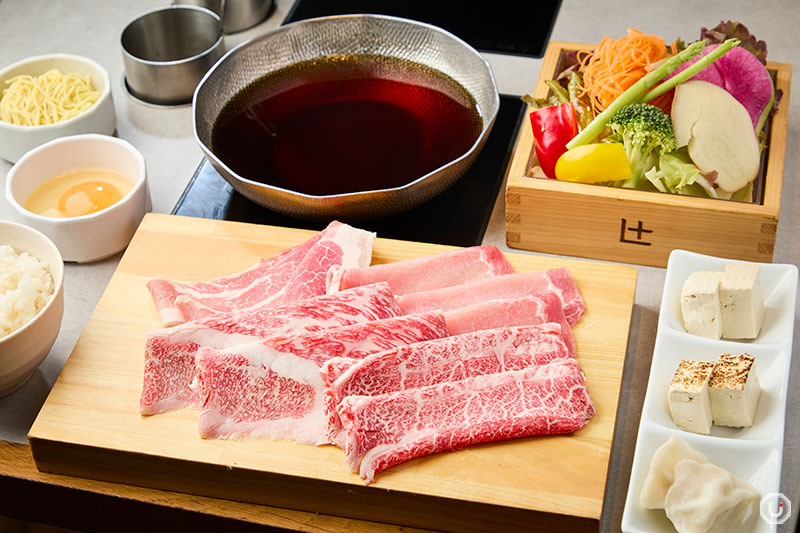
Kobe Beef Course at Shabu-Shabu Retasu
If you’re curious about restaurants in Shibuya where you can enjoy authentic Kobe beef shabu-shabu alone, check this out.
Summary
Shabu-shabu is a relatively new dish born in postwar Japan but has come to be loved worldwide as a representative Japanese hot pot dish. Its simple method of cooking thinly sliced meat quickly maximizes the natural umami of ingredients, making it ideal for today’s health-conscious people.
When visiting Japan, be sure to try authentic shabu-shabu at specialty shops or high-end restaurants.
The combination of carefully prepared broth, high-quality meat, and traditional sauces offers a unique experience only found in Japan. Moreover, enjoying regional ingredients and cooking methods will deepen your understanding of Japan.
